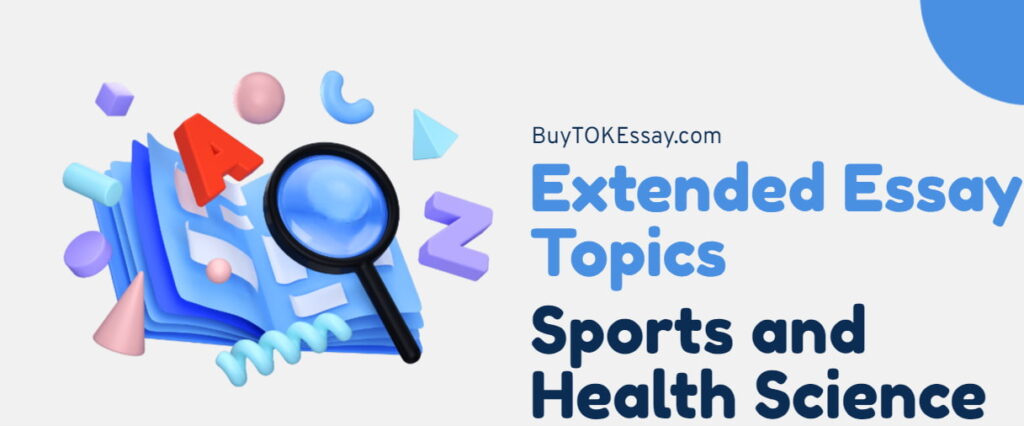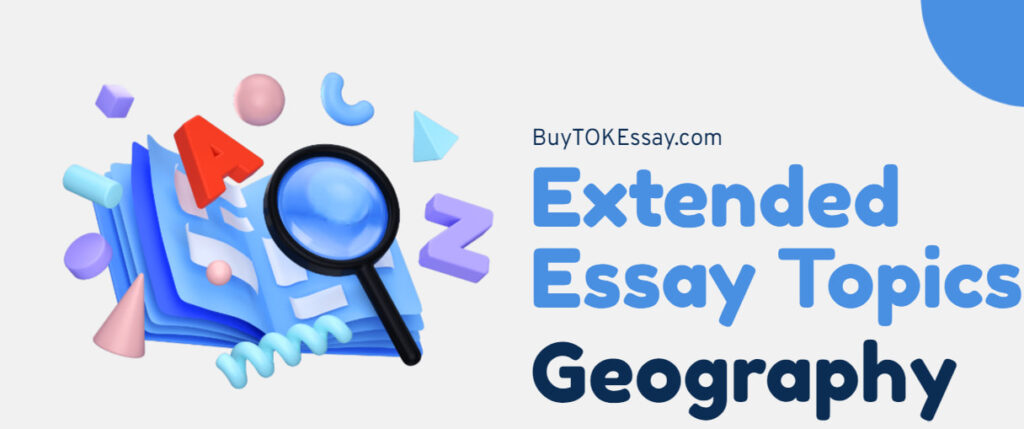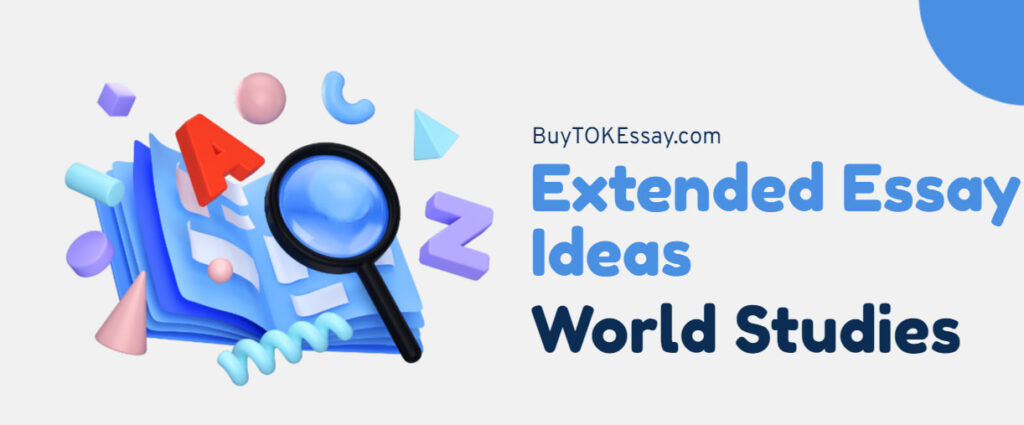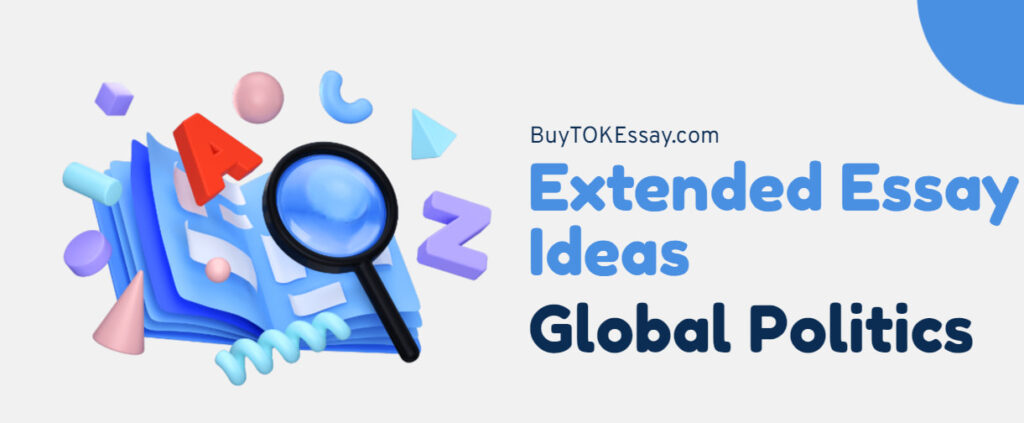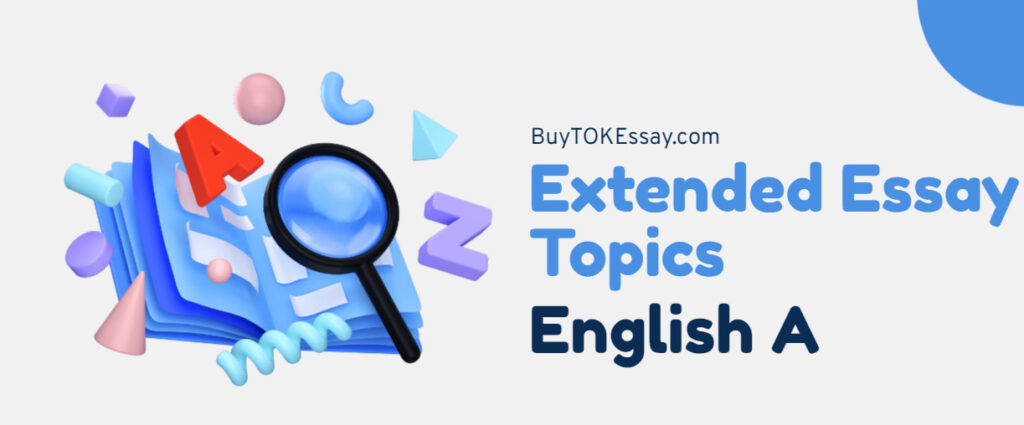Data analysis in IB extended essays is among students’ most misused assets. A well-managed data section, in my view, may immediately distinguish your paper from the heap. Smart data usage makes your argument stronger, clearer, and more compelling whether you’re writing for Economics, Biology, History, or even Literature.
Most significantly, basic IB standards indicate that data analysis is not just tossing figures or graphs into your essay. It involves employing IB EE data methods that genuinely support your research, selecting the appropriate data, and asking effective questions. So, allow me to guide you through what this means in practice—and how you may use it to your maximum benefit.
What Is Data Analysis in IB Extended Essays?
What is considered data in your EE, then? In my experience, many students believe that data is just necessary for scientific courses. False. Data may be found anywhere, depending on how you define and utilize it. Whether you’re dealing with statistics, interviews, papers, or even literary patterns, data analysis in long essays applies across all topic areas.
To put it simply, data is any kind of unprocessed information that you may examine and analyze to bolster your claims. It may be:
- Numerical values (such as test scores, income levels, or growth rates).
- Results of a survey or questionnaire.
- Timelines and dates in historical research.
- Frequency counts, like the number of times a character uses a word in a book.
- Findings from fieldwork or experiments.
- Patterns that are coded in speeches, interviews, or newspaper articles.
For instance, a History EE may study changes in economic production during a conflict, whereas a Biology EE might study heart rate variations during physical activity. Even an English EE could compare how several writers use a certain pattern or note a symbol’s recurrence across a book. Data is everything that can be measured, tracked, or analyzed for patterns and then contextualized to explain what those patterns signify.
I often remind my students that their data doesn’t have to be dazzling. All it has to do is be relevant and helpful. Put another way, you must speak for excellent data; it doesn’t speak for itself.
Why IB Cares About Data-Driven Thinking?
The IB rubric says your essay will be graded on how well you build your method and think critically. That’s where wise use of data shines. It shows that you’ve gone beyond surface-level comments using the right IB EE data methods. You have facts to back up your case, which makes your work much more substantial.
More importantly, data shows that you are mature in your studies. You’re not just saying what you think but using strong evidence to show why it’s crucial. The IB wants to see that you can understand what they say, find trends, and ask questions. That’s why writings that analyze facts will tend to get better grades.
But the good news is that your research doesn’t need to be complicated. You don’t have to use code or run a statistical model if the EE subject doesn’t require it. Most importantly, your data makes sense, is given clearly, and has been carefully analyzed. If you explain a simple image well, it can be more powerful than pages of vague talk.
Students who write essays become more focused and smart once they think about questions and proof instead of just writing their views. And that’s precisely the kind of writing that the IB likes.
How to Choose the Right Data for Your Subject?
First, you need to decide what kind of data you will use. This is one of the most critical decisions in your Extended Essay.
From helping dozens of students, I know that the best writing always starts with a clear link between the research question and the chosen data type. It may seem easy, but many students forget to do this. Either they gather too much information or the wrong kind, which weakens the whole writing. Let’s talk about picking facts that make sense for your subject area, word count, and theme.
Quantitative vs. Qualitative Data
Let’s talk about the data you’ll be coming up with. You can divide data into two main groups: quantitative data (which includes numbers, measures, and statistical analysis) and qualitative data (which includes themes, meanings, and descriptions).
You might rely heavily on one type or use a mix of the two, depending on your subject. This is how this works in real writing. Let me show you:
- In Economics, you might examine how jobless rates or prices have changed in different countries over the last ten years.
- In Psychology, it’s common to use poll data to show how anxious different groups of people are.
- In Biology, you could keep track of numbers that show how fast enzyme reactions happen in different situations.
- In History, you might examine political speeches and code them for certain ideas or ways of combining them.
- In Literature, you can look at how often a specific literary device—like irony, repeat, or metaphor—appears in different works.
The most important thing is to pick data that answers your research question and doesn’t exceed the 4,000 word limit. You can’t look at a hundred factors at once, so choose a small set of facts you can fully understand and explain.

Also, be honest about what kind of research you can handle. It’s okay if you don’t like math; just don’t make yourself use complex numbers. A clear and well-thought-out qualitative analysis can be just as strong, if not stronger, than a numeric one that isn’t well explained.
Where to Find High-Quality Data?
Once you know what information you need for your subject, the next step is to find it. Trust me, this part might take longer than you think. It takes work, but it’s worth it because reliable data makes your EE stronger and more professional.
From what I’ve seen, the best writings usually have a mix of:
- Primary data comes from sources that the student gathers, such as tests, polls, research, or interviews.
- Secondary data are things that have already been collected, such as figures, research studies, government reports, or academic papers.
So, don’t make the mistake of using websites that you can’t trust or random online data. Don’t use it if you can’t be sure where the information came from or that the source is trustworthy. I always tell my students, “Be careful what source you use because if the examiner can question it, it could hurt your grades.”
Another tip: make sure you know how the data you use was gathered, no matter your source. That background information is crucial because it helps you think critically about its pros and cons, which is what the IB looks for in critical thought.
Popular IB EE Data Methods by Subject
What works in your field? Based on what I’ve seen work well in other EEs, let’s break it down.
Science and Math EEs
The most important thing for an EE in Biology, Chemistry, Physics, or Math is data. You’re likely doing tests, taking measurements, or making mathematical models. How you show and explain that data will determine the whole paper.
Most of the time, these IB EE data methods are used in the sciences:
- Line graphs or scatter plots show how things change over time or how factors are related.
- To talk about confidence, use standard deviation and error bars.
- You can use kinematic equations, rate of reaction formulas, or molar concentration plots.
- Differential equations and chance models are two types of mathematical modeling.
It’s not enough to just show the data; you must also explain what it means for your theory and why that’s important.
Business and Economics EEs
Statistics are a great way to support your Business and Economics essays. Clear facts make a good case strong, whether you’re looking at a business’s success or a country’s growth rate. Using real-world facts to come to useful conclusions is your primary goal, and how you show your work is just as important as how well you do the math.
In my opinion, the best essays use both academic theories and real-world facts. One of the students I worked with used cost estimates and monthly sales data to examine how COVID-19 affected a local restaurant’s finances.
Geography and Environmental Systems EEs
You’re in luck if you work in Geography or Environmental Systems and Societies because these are natural fields for analyzing data in extended essays. There are two types of data you can use: primary and secondary. Primary data comes from things like polls, research, and environmental records.
For instance, a Geography student used pictures, field measures, and rainfall data to compare soil loss in two farming areas. Another ESS student looked at the amounts of pollution in two different water sources and used lab tests and conversations with people in the area to back up their claims.

Need Help with Your Extended Essay?
Maximize your potential and boost your excellence with the help of our experts! Whether starting from scratch or fine-tuning your existing assignment to meet your supervisor’s demands, our team is here to make your dream of a perfect paper a reality. Say goodbye to writer’s block and hello to success with just one click.
Language and Literature EEs
Here’s where students are often surprised—you can use IB EE data methods in subjects like English A, Literature, or Language and Culture. While the data might not be numbers in the traditional sense, patterns, frequencies, and coded content can all be quantified and analyzed.
Some excellent approaches I’ve seen include:
- Word frequency analysis to track how often certain words, phrases, or themes appear.
- Thematic coding to categorize ideas (e.g., freedom, identity, justice).
- Sentence structure or syntax comparisons between authors or genres.
- Tracking the use of figurative language across works or periods.
Just because your data is qualitative doesn’t mean it’s vague—if anything, it can make your argument richer.
Your Data Should Work for You
Finally, I want to say that using data analysis in IB extended essays is one of the best ways to show the IB that you know a lot about the subject. Using the right IB EE data methods gives your work more trustworthiness, organization, and power, no matter if it’s mostly text-based analysis or full of charts.
You’ll do well on the test and write an essay you can be proud of if you use your facts as part of your case instead of just background noise. Also, if you need help, you can get in touch with our IB writers at BuyTOKEssay.com.

